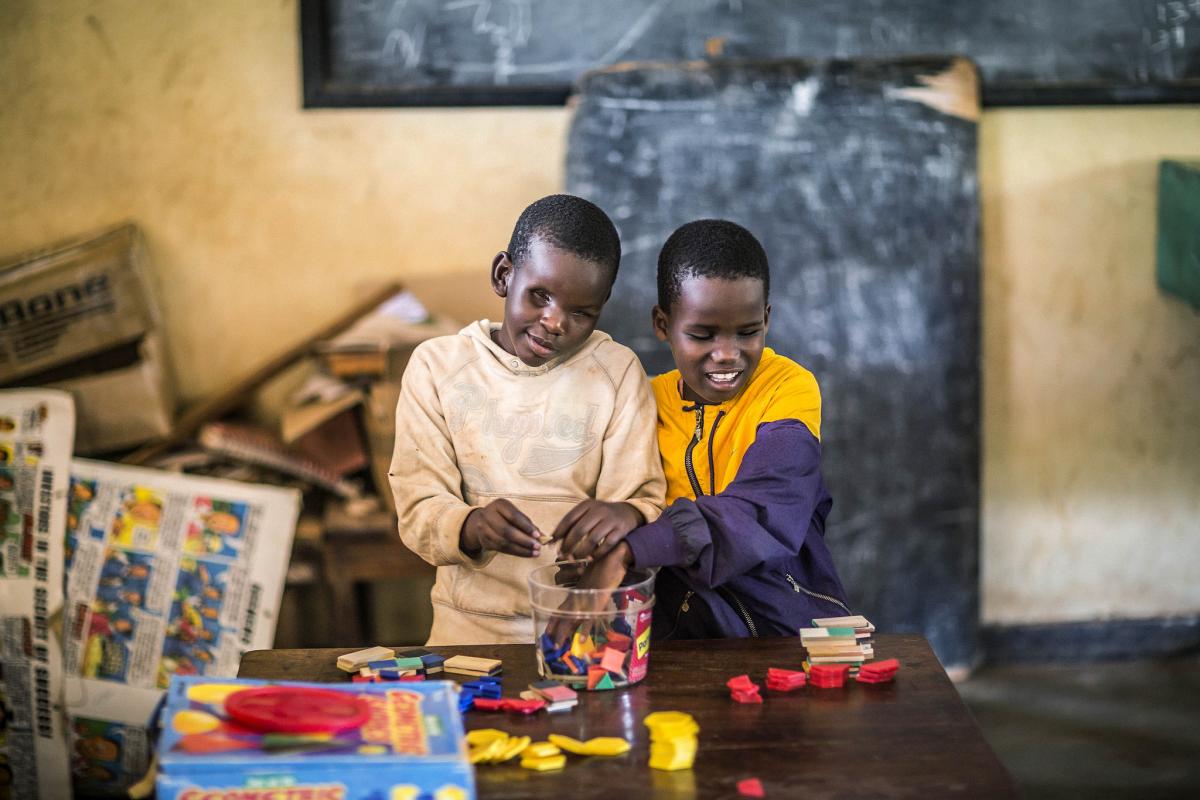Join a powerful, unprecedented alliance for better eye health for all.
Join IAPB-
Choose an alternate language here
On Global Accessibility Awareness Day, John Trevelyan, IAPB’s Fundraising and Partnerships Manager writes about his own experience working for a charity for the deafblind and how access and communication is so important.

Before joining IAPB, I worked for a number of years for “Sense”, a national and international charity for people who are deafblind. Working there I quickly discovered the complexities and common misunderstandings around the condition. Deafblindness, or dual sensory impairment, can result from many condition and at all ages: from birth, to sensory loss at old age. However, one strong feature that runs through all causes and conditions is the problem of access–and especially–communication.
For me, one of the great strengths of “Sense” was its commitment to a person-centred approach. This is an understanding that the deafblind person chose the specific communication strategy that worked best for them. This opened a wide range of options: the usual braille, sign language, lip-reading, and many others such as ‘hands on’ signing, tadoma and symbols such as objects of reference or block. Often too, the communications mixed, so one deafblind colleague would lay her fingers on your throat (tadoma) while also lip reading.
In recent years in the UK, the causes of congenital deafblindness have changed. In the past congenital rubella syndrome was a major cause, though this has virtually disappeared now with the uptake of the MMR vaccination. But this could yet be undone through public health scares. Medical advances now mean that babies with very low birth weights may suffer sensory or dual sensory impairment and may well have additional physical and learning disabilities. In these instances, learning to communicate is complex and involves a range of other senses – touch through objects of reference, smell – for instance, using a specific scent on each day of the week to give a sense of pattern in time. At Sense, I was frequently astonished by the creativity and sometimes uniqueness in developing communication strategies for children and young people congenitally deafblind.
At the other end of the spectrum, the overwhelming majority of deafblind people, are those who have acquired deafblindness through ageing, and often the answers are to use larger print, get a magnifying glass and turn the TV up a notch!
As in all areas of life, technology has changed the landscape for many deafblind people and in many ways helps promote communication and independence. At the top end there is now a tablet with touch braille display and keyboard so a single tablet allows a deafblind person full access to the internet. Through all these development and aids, it all comes back to having a person-centred approach, putting the responsibility on all of us to be aware and responsive to individual communication preferences.
Photo credit :Graeme Robertson for the #StrongerTogether photo competition